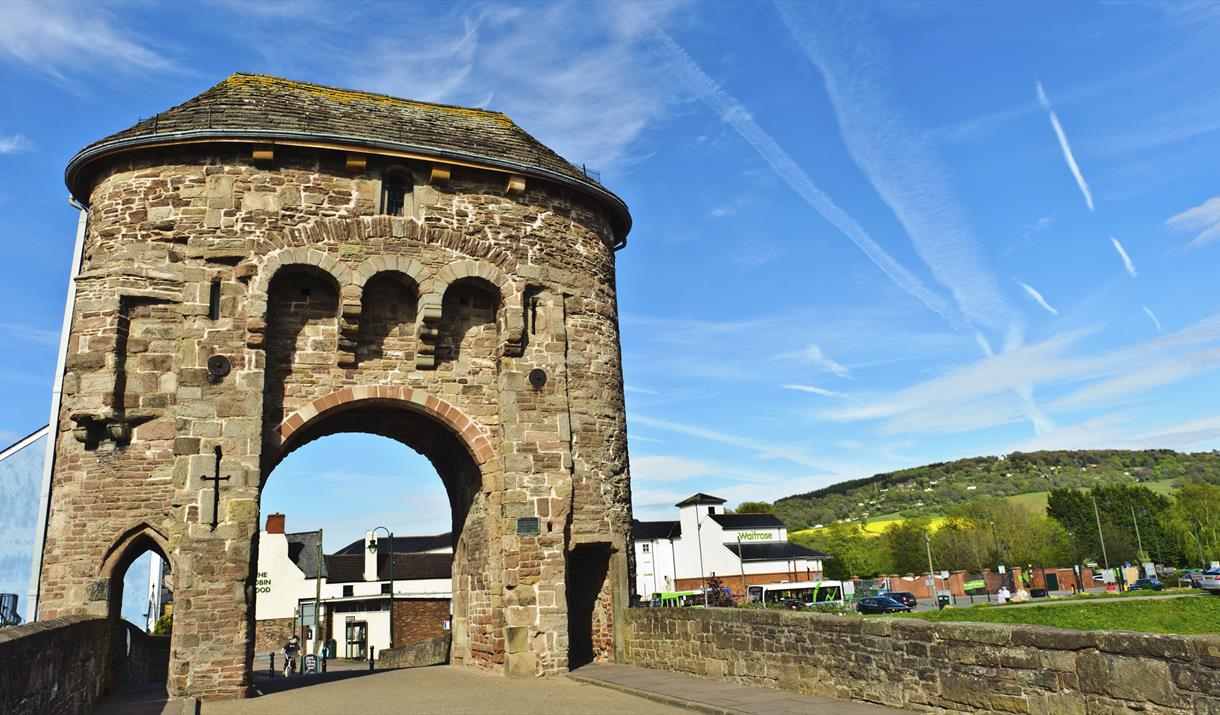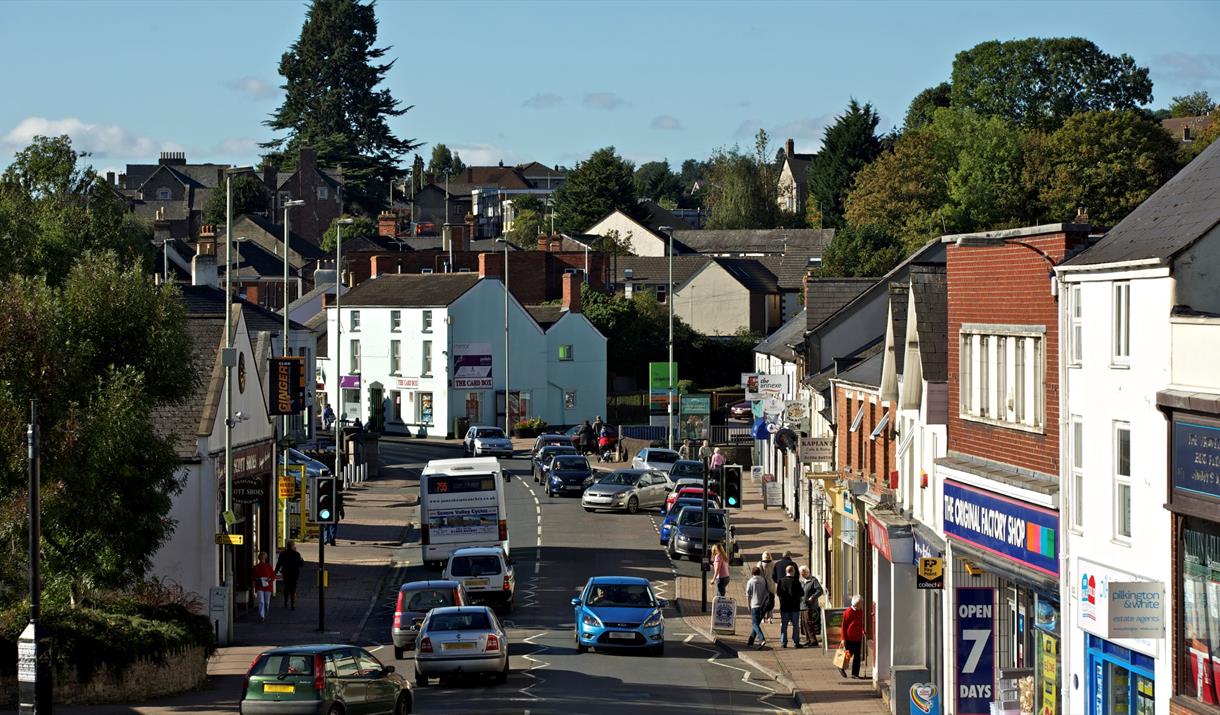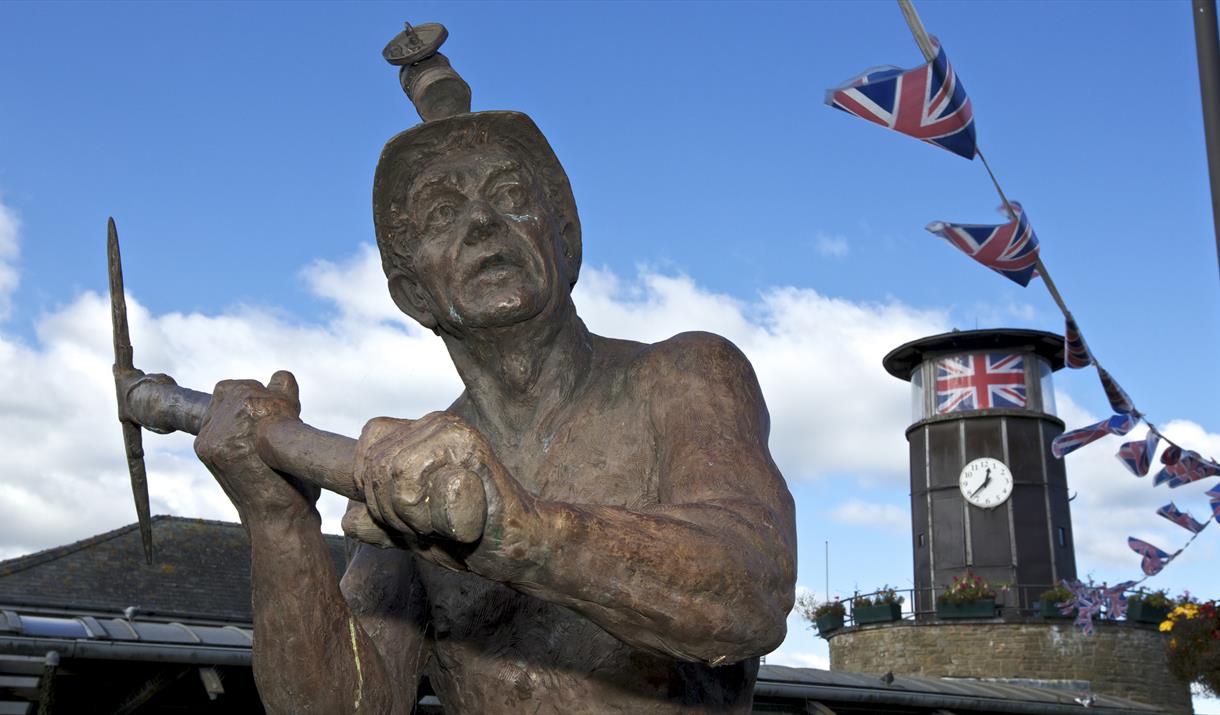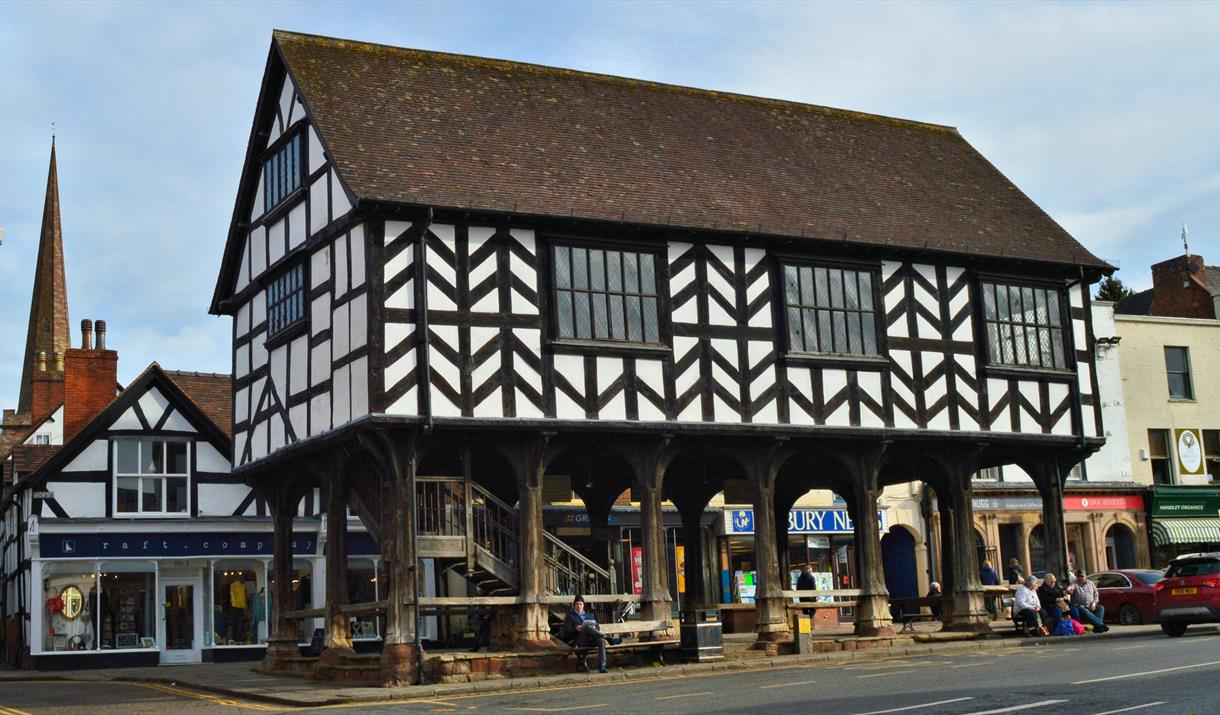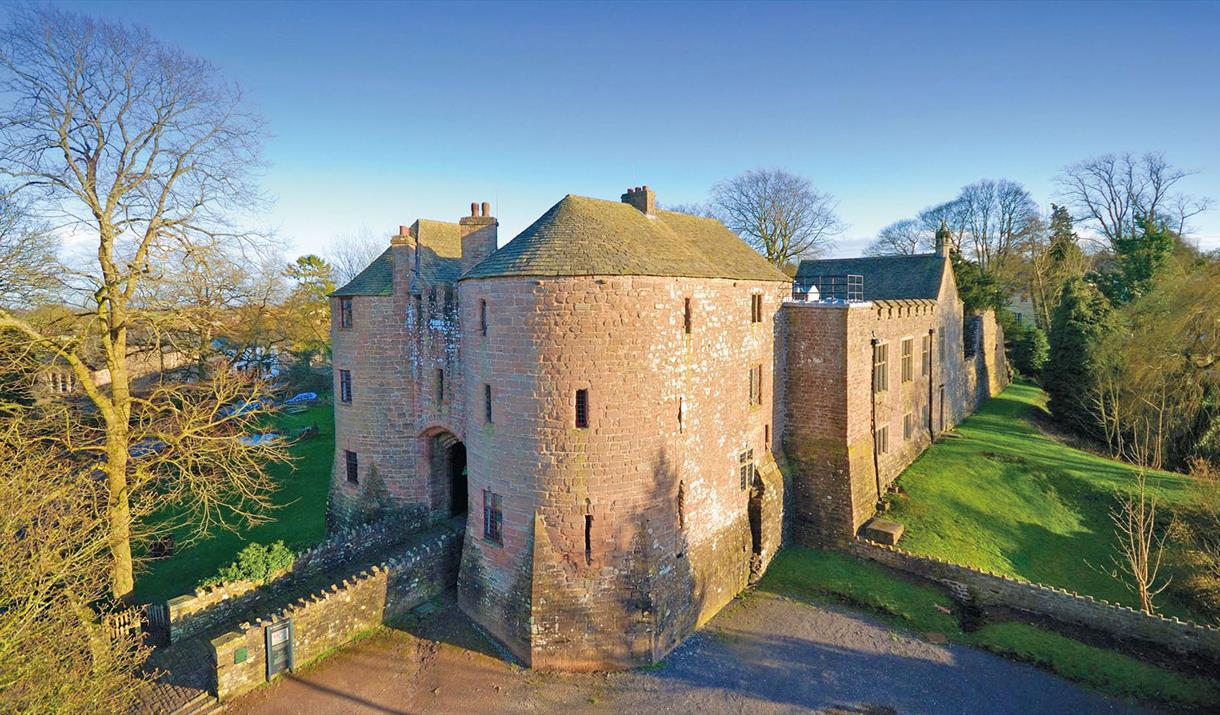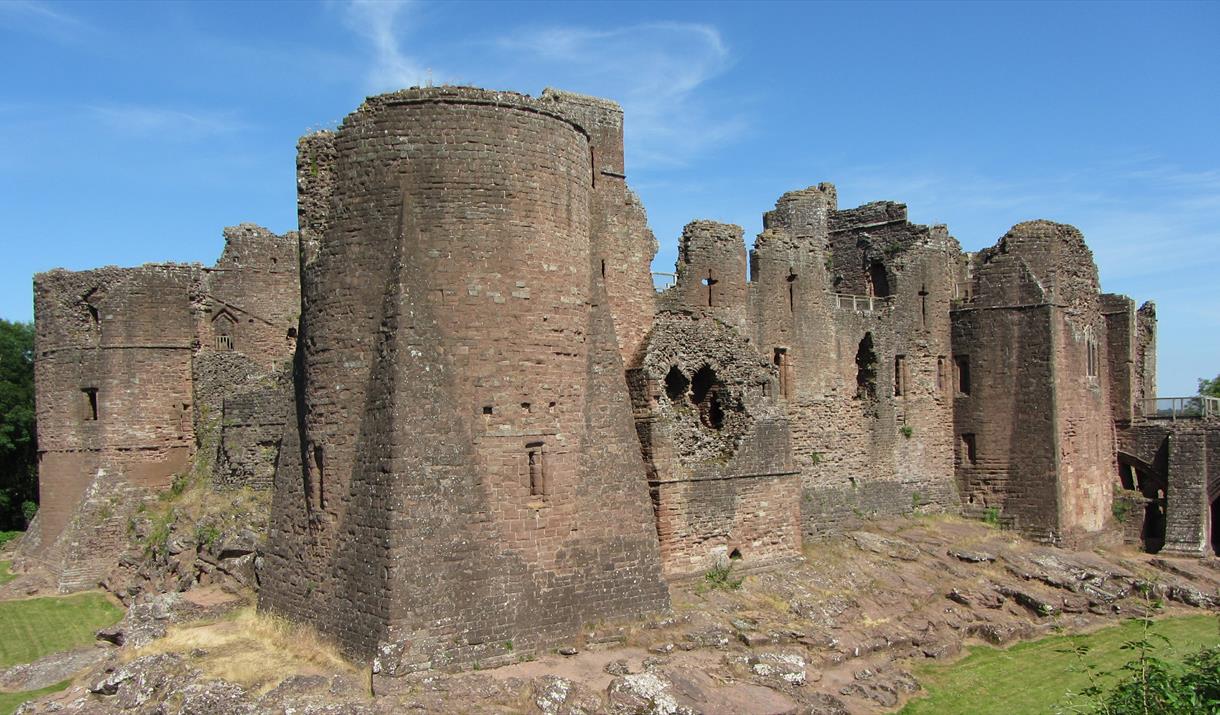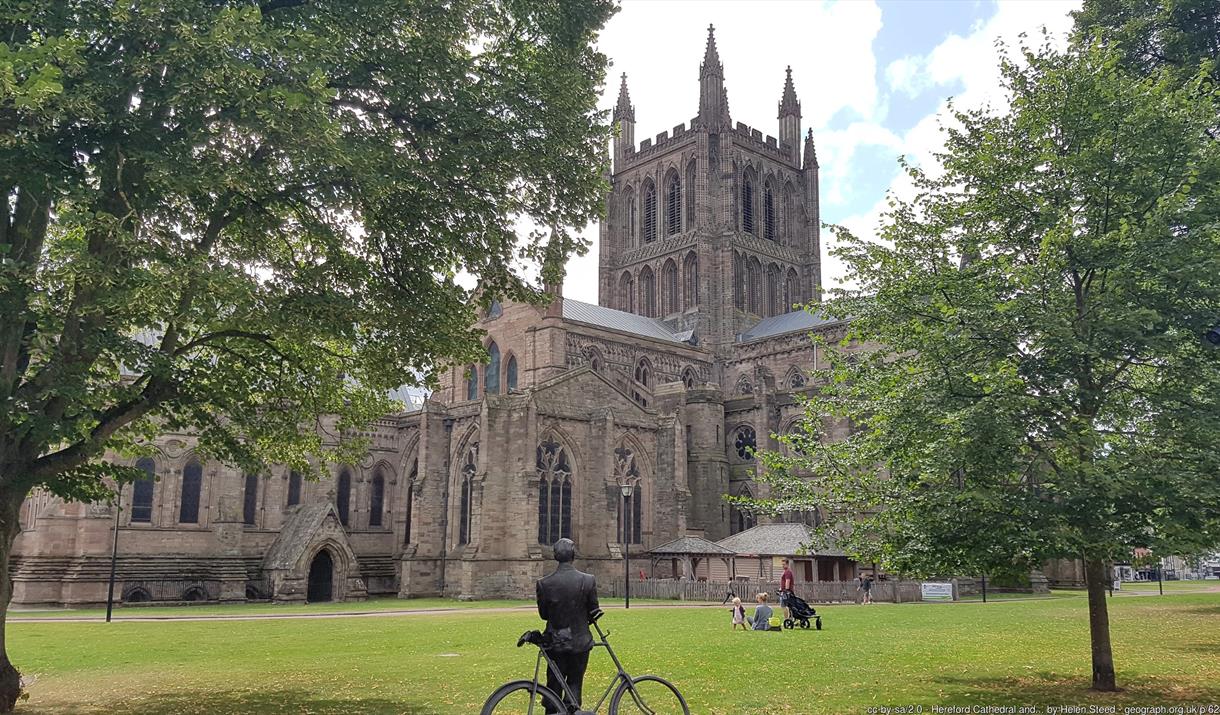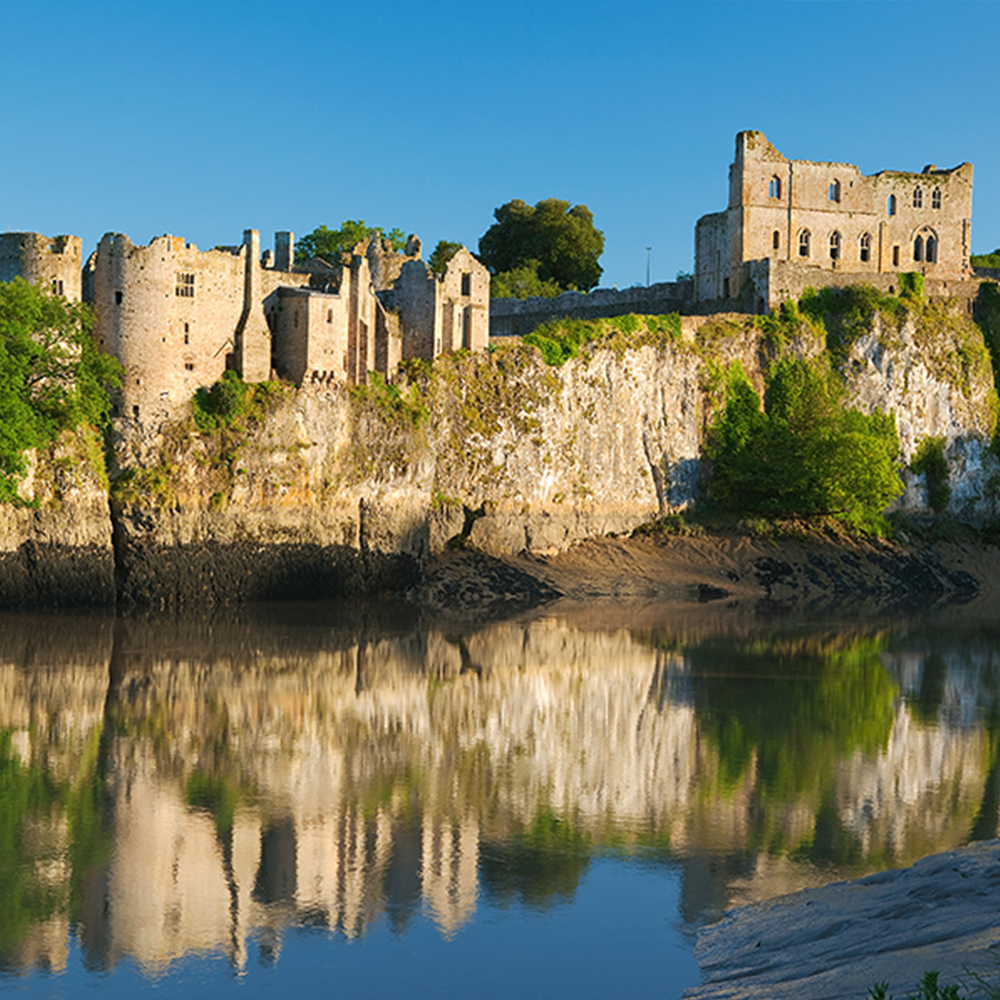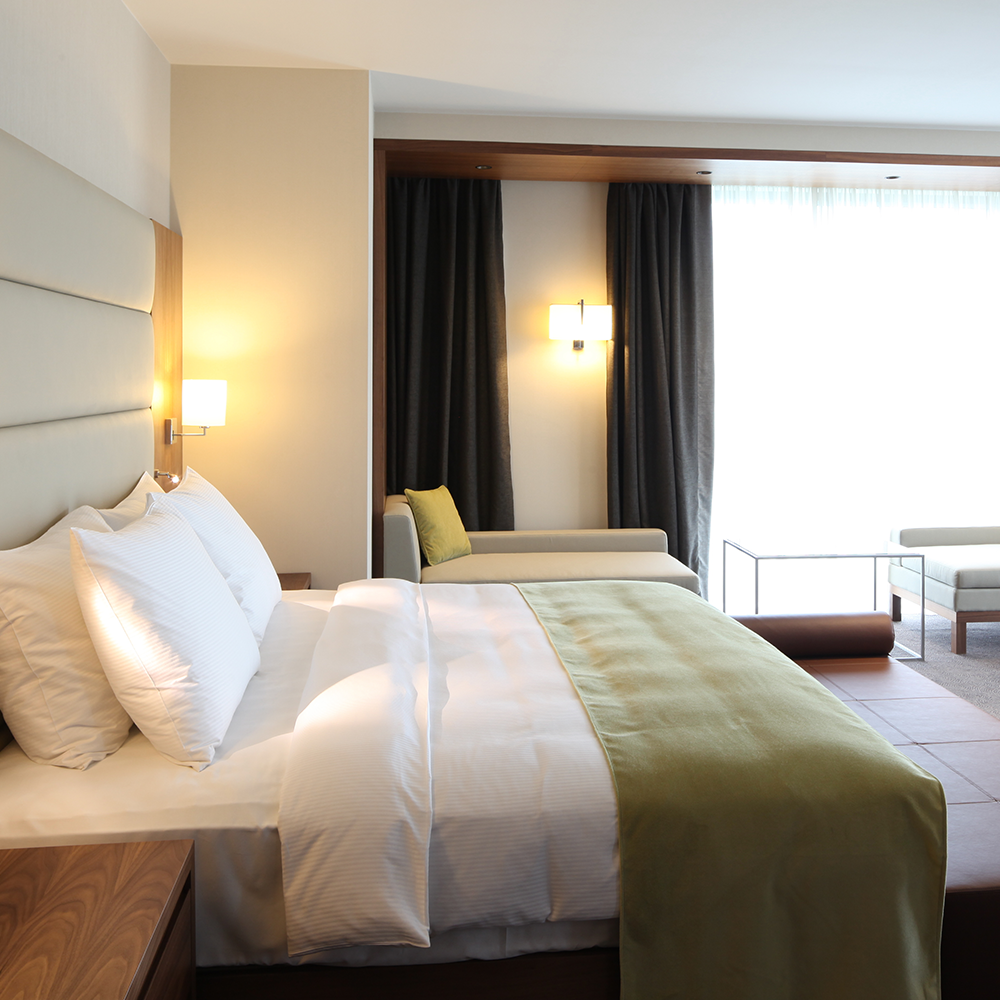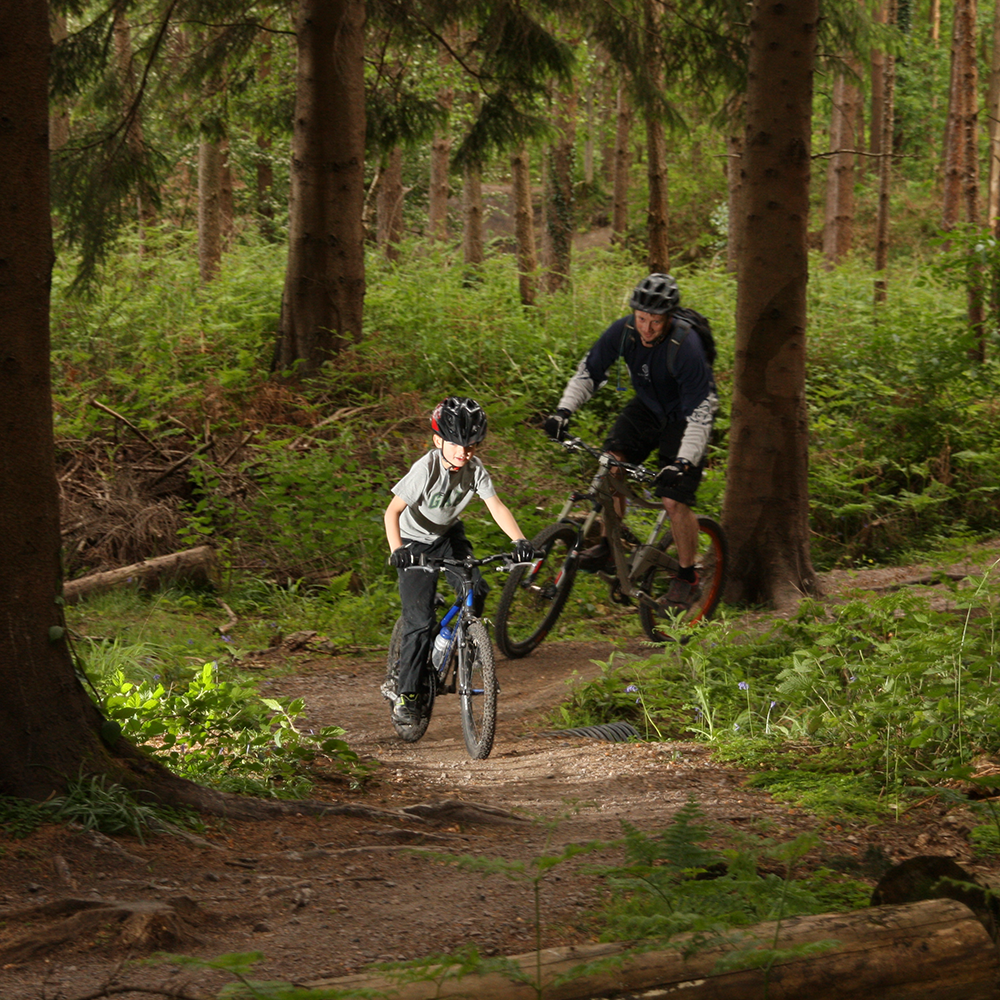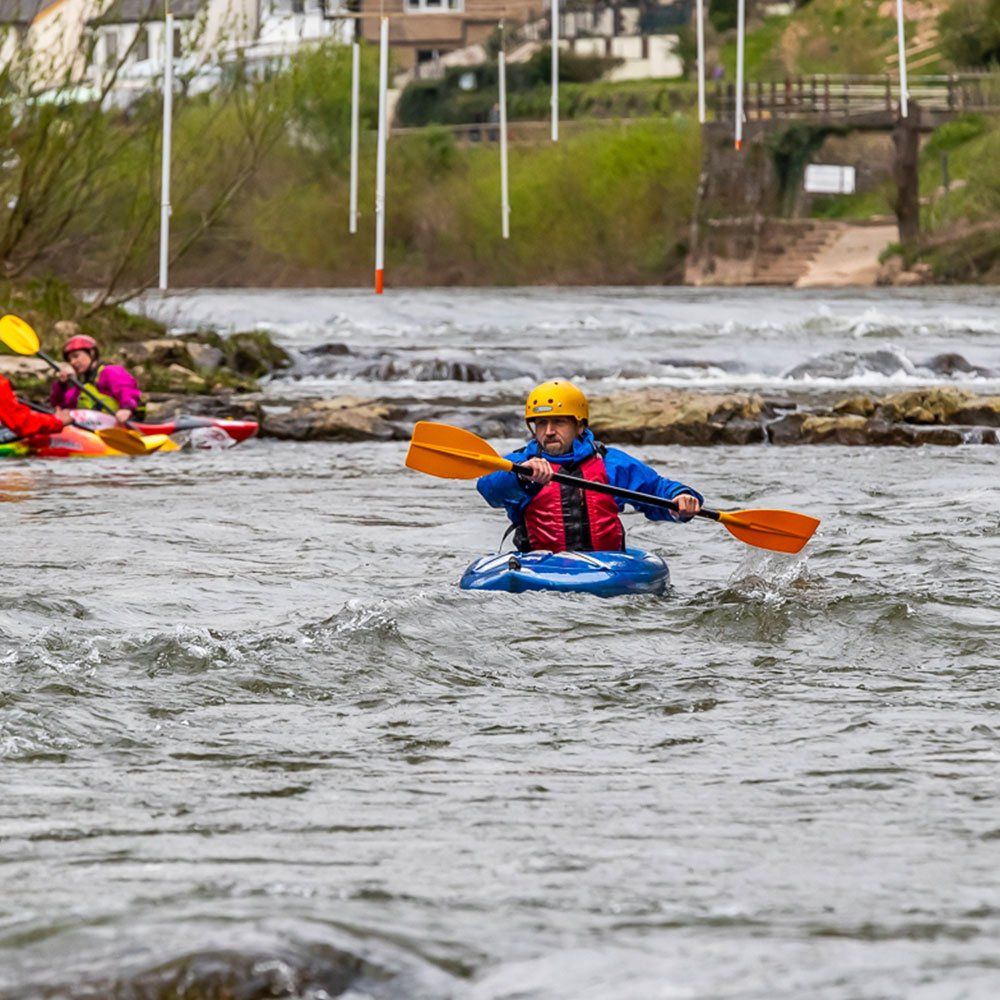Local Towns
There are plenty of riverside towns and villages throughout The Wye Valley and Forest of Dean, from the iconic Symonds Yat to the stunning towns of Coleford, Chepstow and Monmouth. The Wye Valley and Forest of Dean area runs through three counties - Gloucestershire, Herefordshire and Monmouthshire
Coleford
Coleford is a market town in the west of the Forest of Dean, Gloucestershire, England, 2 miles east of the Welsh border and part of the Wye Valley. It is the administrative centre of the Forest of Dean district. The combined population of the town's two electoral wards at the 2011 census was 8,359. It was estimated to be 9,130 in 2019.
Coleford was originally a tiny hamlet in the north-east corner of Newland parish. The settlement arose at a ford through which charcoal and iron ore were probably carried. By the mid-14th century, hamlets called Coleford and Whitecliff had grown up in the valley of Thurstan's Brook. Coleford had eight or more houses in 1349 and was described as a street in 1364. It had a place of worship by 1489. In 1642 the commander of a parliamentary garrison in Coleford started a market in the town, as the nearest chartered market in Monmouth was under royalist control.
Monmouth
Nestling in the tranquil lower reaches of the beautiful Wye Valley, Monmouth has been a centre for tourism since 1780. Well known for its iconic 13th century gatehouse bridge, PIC
Monmouth has a famous past with its connections to Henry V, Geoffrey of Monmouth and (more recently) the music bands Queen, Oasis & Simple Minds. Renowned for its independent retail sector, with restaurants to suit all tastes, it is also the place for a coffee in a café in a quiet courtyard.
One of the must-see sites in Monmouth is The Kymin, just outside the town overlooking the town. A charming 18th-century Round House and Naval Temple standing proudly atop a prominent hill, the Kymin and its nine acres of pleasure grounds, overlooks Monmouth and the beautiful Wye Valley.
Lydney
The thriving town of Lydney covers approximately eight square miles, and stands on the north bank of the UK's longest river, the Severn. There is also evidence that the surrounding area has been farmed since the Bronze Age.
One of the town's main features is Lydney Harbour. In 1980, the lower and tidal basins and the connecting lock were classified as a Scheduled Ancient Monument and the rest of the harbour area, which dates from the 1870's, is a rare and historically important example of an unspoilt 19th century harbour built for sailing ships. Both iron and coal were exported from the Forest, often on ships built using local oak. The town was the home of Sir William Wintour, Admiral of the Fleet of Queen Elizabeth I in 1588, and many of the ships to oppose the Spanish Armada were built here.
Lydney is the only town that has a railway station in the Forest.
Chepstow
The bustling border market town of Chepstow is the gateway to The Wye Valley and Forest of Dean region. Spend some time exploring the winding back streets which house a variety of shops, restaurants and cafés, and take in the old town walls and the 15th century gatehouse.
Chepstow Castle stands guard over the River Wye as it nears its confluence with the Severn Estuary and the town that grew up around it has been important ever since.
There are regular race meetings at nearby Chepstow Racecourse, situated within the grounds of historic Piercefield Park. Famous views from the Wye Valley Walk section from Chepstow lead you along the Piercefield Walks with its stunning viewpoints.
Chepstow's rich industrial past includes shipbuilding and salmon fishing, the export of timber and oak bark and the import of wine. Chepstow Museum tells the story of the Wye Tour, and is a short walk from the beautiful Regency iron bridge known as the Old Wye Bridge.
Cinderford
With an excess of 20 pubs, restaurants, cafés or takeaway outlets, Cinderford also offers a variety of retail outlets and a range of places to stay. Cinderford offers the perfect base allowing you to venture out into The Wye Valley and Forest of Dean area.
An historic market town, the town got its name from the iron ore which was mined and smelted in the area from Norman times. Cinderford continued to rely on mining, especially coal, right up until the 1960s, and its heritage is marked by a statue of a Forest of Dean Freeminer in the town centre. Today the town's focus is very much on tourism and welcoming visitors to the surrounding area.
St Briavels
St Briavels is a mid-sized village in West Gloucestershire. It is home to St Briavels castle, which was an important royal castle for many years after it was originally built, in 1089. Today, the village is celebrated for its 'Local Produce and Suppliers Market' held in The Pavilions every month.
Little is known about the origin of St Briavels. The name is thought to be from a much-travelled early Christian missionary, Brioc, whose name also appears in places as far afield as Cornwall and Brittany.
Later King Offa of Mercia built Offa's Dyke from the mouth of the River Wye near Chepstow to Prestatyn and local remains can still be seen in the nearby Hudnalls Wood. The Normans thought it an ideal site for one of the many castles built from Chepstow to Chester to check the intrusion of the warlike Welsh tribesmen from the Welsh Kingdom of Gwent into the more peaceful areas east of the Severn and Wye rivers.
Cut off from the rest of England by the tidal Severn River to the east and the treacherous tidal Wye to the west, the Forest was in many ways more isolated than most other parts of the country.
Goodrich
Goodrich, in Herefordshire, is a small village bordering the river Wye, between Monmouth and Ross-on-Wye. It hosts a 17th century coaching inn, an interesting church and a primary school. However, the jewel in its crown is Goodrich Castle, standing majestically on a nearby wooded mound, overlooking the Wye.
Hereford
An old walled city, dating from Saxon times, Hereford is now a hub of local and national cultural events. It is also the area's livestock and agricultural centre.
Visit Hereford Cathedral to see some fine examples of architecture from Norman times to the present day. View the famous Mappa Mundi and the world's largest Chained Library. The cathedral also hosts regular exhibitions, recitals and concerts. Once every three years it hosts the Three Choirs Festival, the world's longest-running classical music festival.
Hereford has a railway station.
See what else is going on in the area...
Local Towns
There are plenty of riverside towns and villages throughout Wye Valley, from the iconic Symonds Yat to the stunning Monmouth.
Accommodation
Need a place to stay while you're visiting Wye Valley? Here are a few recommended Accommodations near us.
Eating Out
If you area hungry and don't want to cook on your holiday, there are some great places to eat around the Forest of Dean Area.


